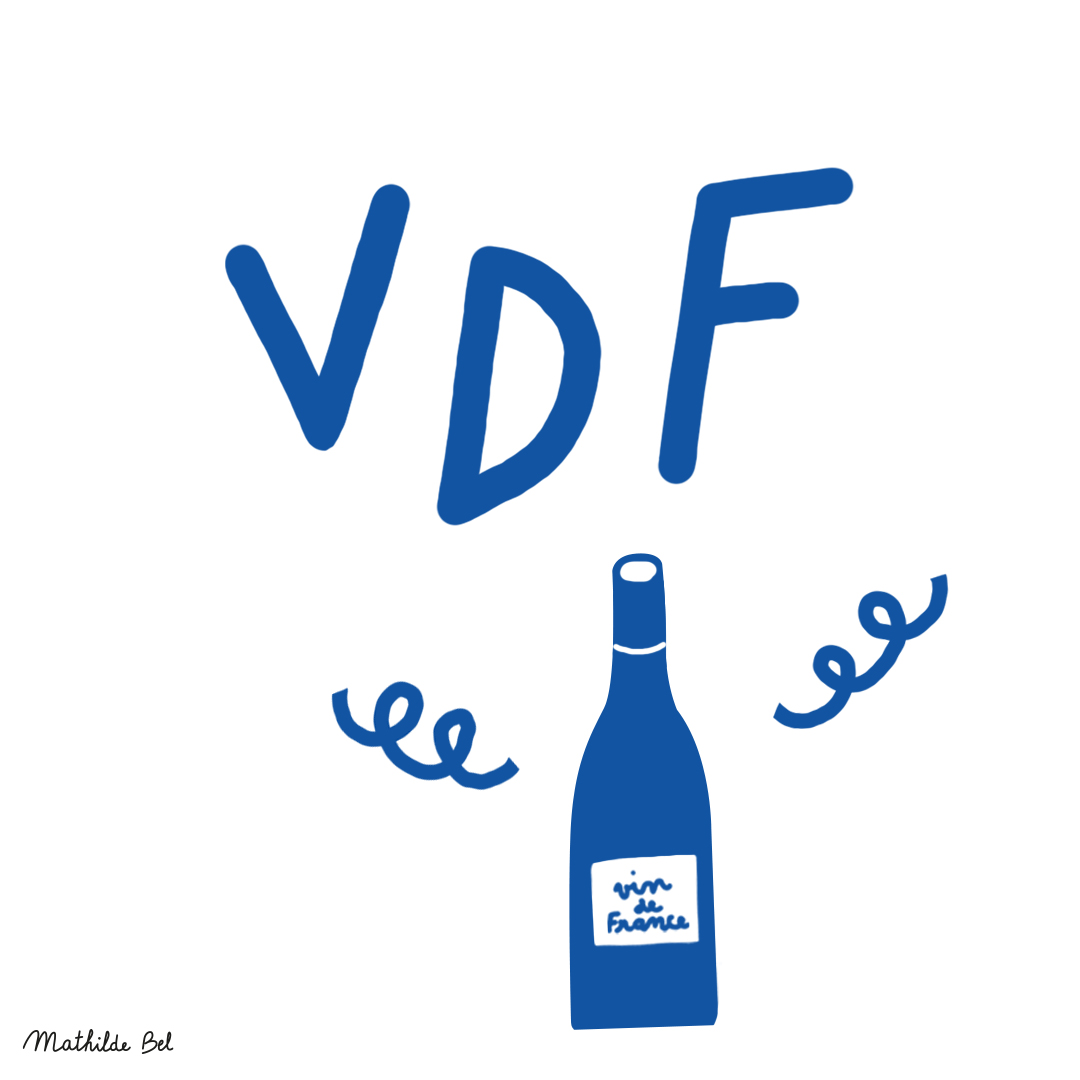Nielluccio de France
Wines color
Taste profile
Sweetness
Body
Acidity
Tannins
Alcohol
Table of contents
Medal winners
Encyclopedia
Origin
This variety is traditionally grown in Corsica, but also originates from Italy, more specifically Tuscany, where it is grown under the name Sangiovese.
Aromas
Nielluccio's predominant aromas are mainly fruity and spicy.
Wines profile
Nielluccio produces fruity, full-bodied wines with a good capacity for ageing. Indeed, this is the Corsican grape variety with the most tannins. It also has the best capacity for ageing, generally between 5 and 10 years. Nielluccio wines are generally characterized by great subtlety and balance, namely when yields are kept low and ripening is long. This variety can also be used in the production of high-quality rosés, which take on a powerful, spicy character.
Cultivation areas
The best area for growing Nielluccio in Corsica is located at the southeastern base of Cap Corsica, in the area of Saint Florent. It is also found in the south of the island, not far from Porto-Vecchio. Overall, Nielluccio is the most commonly grown red Corsican variety.
Precocity
Nielluccio is an early budding grape variety, as its budburst occurs 1 day before Chasselas, which is used as a benchmark for measuring budding and blooming times for grape varieties. On the other hand, it is a late ripener, reaching full ripeness 3 weeks later than Chasselas. It is a Period II grape variety that requires a lot of sun and high temperatures at the end of the summer.
Vigor
Nielluccio is a moderately vigorous grape variety that buds early. It should be head-pruned or cordon-pruned short. This grape variety resists drought well.
Soils
This Mediterranean grape variety is particularly well-suited to soils with poor fertility. It fares very well in clay-chalk soils.
Climat
Nielluccio is a southern grape variety that is suited to hot, very sunny, dry regions. The climate of Corsica is ideal due to the mild coastal conditions, namely at the end of the summer, which lengthens the ripening period and ensures good concentration of the berries.
Susceptibility to diseases and pests
Nielluccio N is susceptible to golden flavescence. However, it is moderately susceptible to Oidium and rarely susceptible to gray mold.
Use
Nielluccio is used only to produce wine.
Descriptive elements
Nielluccio can be identified by its adult leaves, which are a medium green, slightly matte color and heart-shaped. They are either whole or with five lobes, with a U-shaped petiolar sinus that is widely open. The lateral sinuses are rather shallow. The tips of young shoots have a moderately-dense coat of flat-lying hairs. The young leaves are yellow with slightly bronze patches. The teeth of the leaf's lobes have rectilinear sides and are long to very long compared to their width at the base, particularly those for the main veins. However, there is no reddish anthocyanic pigmentation of the veins. The underside of the leaf blade has very few to no flat-lying hairs and sparse upright hairs. Nielluccio's berries are oblong, with medium-sized, elongated bunches.
Clonal selection in France
The five approved Nielluccio clones (specifically named Nielluccio N) are numbers 902, 903, 904, 960 and 997. A conservatory with twenty clones was planted in the vineyards of Corsica in 2005.

